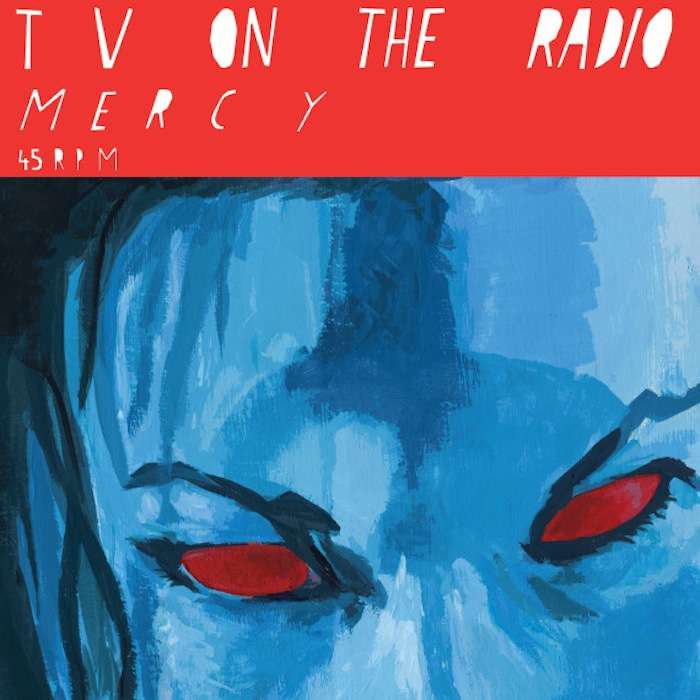The Back Door to the Radio Dial
Clever broadcasters have found a loophole. Now how about letting some more folks in?


In theory, the lowest frequency on the FM dial is 87.9 megahertz. But many radios, especially in older cars, go a little lower, allowing listeners to pick up a signal at 87.7 FM—a spot allocated to whichever TV station broadcasts on channel 6. Not that there are many stations left at channel 6 these days.
This would just be a piece of trivia from the rapidly receding age of analog television, but for one fact: Some clever broadcasters are now using that spot as a back door to the FM dial, slipping uninvited into a marketplace where the government has long enforced high entry barriers. Technically these are low-power TV stations, and they transmit a pro-forma video signal to keep things legal. But they're producing programs aimed at radio listeners. "This phenomenon has proven helpful for certain types of audiences underserved by traditional radio," Ernie Smith notes in an engaging story for the website Tedium, and it "has led to a number of small stations, such as Cleveland's Latino-focused 'La Mega'…finding a new home on the dial." In the industry, such outlets are nicknamed "FrankenFMs."
If that doesn't sound like a friendly nickname, that's appropriate: Some broadcasters have less-than-friendly feelings about the TV-on-the-radio stations. The left end of the FM dial is reserved for noncommercial stations, such as NPR's affiliates. Unsurprisingly, NPR doesn't like the interlopers. (As Smith puts it, "NPR friggin' hates FrankenFM.") In 2014, when the Federal Communications Commission considered a proposal to embrace the FrankenFM stations, the public radio network filed comments attacking the idea.
Much as I admire the ingenuity of the back-door FM broadcasters, I have to agree with one of NPR's arguments: The FCC could fit a lot more operations onto the airwaves by opening that part of the spectrum up to traditional FM broadcasters, as opposed to simply tolerating some TV licensees who have found a loophole. As far as I'm concerned, the commission may as well extend the FM band all the way down to 82 megahertz, guarantee the existing FrankenFMs a space among the new licensees, and then open the door to new comers. In the age of internet broadcasting, the old limits on who can have an FM signal aren't the chokehold that they used to be; but I'm always glad to see more rather than fewer options.
Editor's Note: As of February 29, 2024, commenting privileges on reason.com posts are limited to Reason Plus subscribers. Past commenters are grandfathered in for a temporary period. Subscribe here to preserve your ability to comment. Your Reason Plus subscription also gives you an ad-free version of reason.com, along with full access to the digital edition and archives of Reason magazine. We request that comments be civil and on-topic. We do not moderate or assume any responsibility for comments, which are owned by the readers who post them. Comments do not represent the views of reason.com or Reason Foundation. We reserve the right to delete any comment and ban commenters for any reason at any time. Comments may only be edited within 5 minutes of posting. Report abuses.
Please to post comments


So........band name?
/hmmm....my 2nd today.
TRANSMIT - initiate anima signal - RECEIVE - initiate the Enochian frequency - WITNESS - initiate the Merovingian syntax - FIAP DE OIAD - crawling roots, heavy with sizzling sap, stab your skull - DOWNLOAD - holy communion - NO PURCHASE NECESSARY - your eyes and ears hemorrhage boiling joy - MAY BE TOO INTENSE FOR SOME VIEWERS - ecstatic agony, your molecules come undone - SOME ASSEMBLY REQUIRED - offer expires at the heat death of the universe - FOR A LIMITED TIME ONLY - the dark days cometh, absolute zero, maximum entropy - ACT NOW! - initiate Agartha broadcast - TRANSMIT - open the 49 gates! - WITNESS! - The Buzzing.
Did you get into Agile's stash? NTTAWWT...
Our wisdom flows so sweet. Taste and see.
*unzips*
Wow, it's like the voices in my head started a blog!
/ha ha just kidding
87.7 FM?a spot allocated to whichever TV station broadcasts on channel 6
That's the audio part of analog TV channel 6. The video part is on a different frequency. Also, many portable radios had with tuners designed to pick up the audio from analog TV channels 2-12.
with
Is there a Steely Dan channel? I can do that. And any one who bitches about my typing.I regret nothing.Beer number 5 is quite good,BTW. I mowed for 5 hours.Maybe I should eat?
NPR has all sorts of problems, these days.
Among them, a huge portion of their audience gets the shows they're interested in through downloads nowadays. That may be okay for This American Life, but fewer people listening to the broadcast live on the radio can only be bad for local stations.
I bet Latino television stations lend themselves well to be listened to on the radio, too, since so much of their programming is music oriented anyway.
I'd feel a lot sorrier for NPR stations if these backdoor stations were trespassing on signals that NPR stations had bought and paid for, but my understanding is that isn't the case. NPR stations are effectively given the spectrum for free, aren't they? If they're trying to muscle out Latino stations through regulation, that's basically rent seeking.
That would be racist rent seeking in progressives parlance, too, wouldn't it?
+1 UHF
FEWER options. Not less. Options are discrete.
You are correct. It's fixed now.
I'm certain the Chairman of the FCC will invite the CEO's of the 6 largest radio broadcasting companies to get their blue-ribbon, expert opinions on whether or not more radio FM radio stations would be a good thing.
I would further add that the eventual compromise would be to expand the FM band to accommodate the owners of existing AM stations so that the AM band can be eliminated.
There's a channel 6 right here in DC, y'all.
https://en.wikipedia.org/wiki/WDCN-LP
Indeed I used to list a lot to NYC's one of these, WNYX or WXNY or whatever. I liked their weekend Afro-Caribbean service. It was a rather short playlist, but I liked it. Indian music. East Indian? West Indian? BOTH!! This from the community that settled originally from indentured servants from India brought to the southern Caribbean and Guiana.